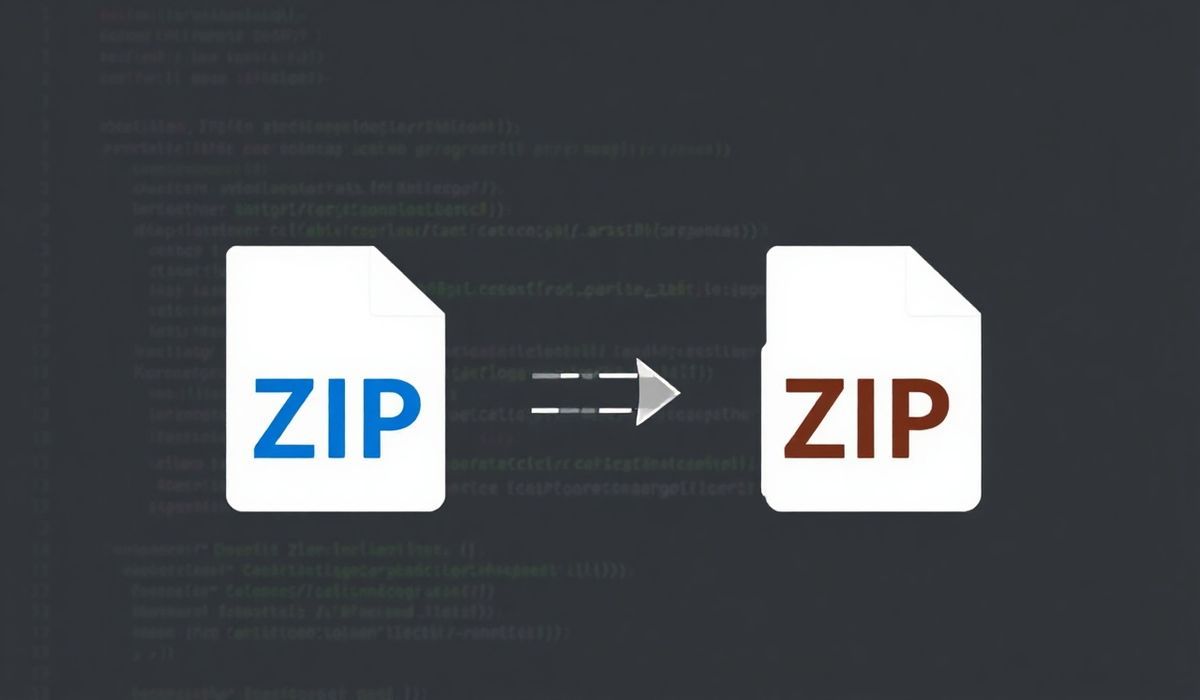Introduction to Zipp
The zipp module is a lightweight yet highly efficient utility in Python, designed to work with zip archives. It simplifies handling archive files, offering modern alternatives with enhanced functionality over traditional methods. Whether you want to inspect, read, or interact with zip files, the zipp module has the tools to maximize your productivity.
Why Use Zipp?
zipp provides a high-level layer for working with ZIP files as directories. It builds on Python’s existing zipfile.Path, making it both developer-friendly and versatile, especially when working with complex projects involving numerous file operations.
Getting Started with Zipp
To get started, install the zipp module via pip:
pip install zipp
Once installed, you’re ready to explore its powerful features!
Zipp API Examples
1. Creating a Zipp Archive
You can quickly create an archive using zipp:
import zipp
from zipfile import ZipFile
# Create a new ZIP archive and add files
with ZipFile("example.zip", "w") as zf:
zf.write("file1.txt")
zf.write("file2.txt")
# Open the ZIP archive with zipp
archive = zipp.Path("example.zip")
print(archive.namelist())
2. Reading from a ZIP File
Explore how easy it is to read files:
with zipp.Path("example.zip") as archive:
file1 = archive / "file1.txt"
print(file1.read_text())
3. Checking File Existence
Verify if a file exists within the archive:
file_exists = (archive / "file2.txt").exists()
print("File exists:", file_exists)
4. Iterating Through Files in the Archive
You can list all files using iteration:
for file in archive.iterdir():
print(file.name)
5. Extracting Files
Extract files from the archive to a specified location:
archive.extract("output_directory")
Sample Application Using Zipp
Here’s a simple application that demonstrates the utilities provided by zipp. This program organizes multiple logs stored in ZIP archives into separate folders:
import zipp
from zipfile import ZipFile
import os
def organize_logs(zip_name, output_dir):
"""Organizes log files by extracting them from an archive."""
archive = zipp.Path(zip_name)
for file in archive.iterdir():
if file.name.endswith('.log'):
file_content = file.read_text()
log_dir = os.path.join(output_dir, "logs")
os.makedirs(log_dir, exist_ok=True)
with open(os.path.join(log_dir, file.name), "w") as log_file:
log_file.write(file_content)
print(f"Logs organized in {output_dir}/logs/")
# Example Usage:
with ZipFile("logs.zip", "w") as zf:
zf.writestr("error.log", "Sample error message")
zf.writestr("debug.log", "Debugging info")
organize_logs("logs.zip", "output")
This example shows how to use zipp for reading, filtering, and extracting specific files from an archive. It can be extended for more complex scenarios, making it a powerful utility for developers.
Conclusion
With zipp, handling ZIP files in Python has never been more accessible or efficient. Whether you’re dealing with directory-like functionality, reading archived contents, or building file-processing applications, this module provides the tools you need to succeed. Explore its APIs to streamline your workflow and integrate cutting-edge ZIP file management in your projects!




